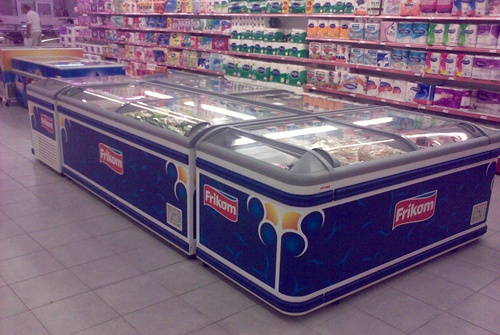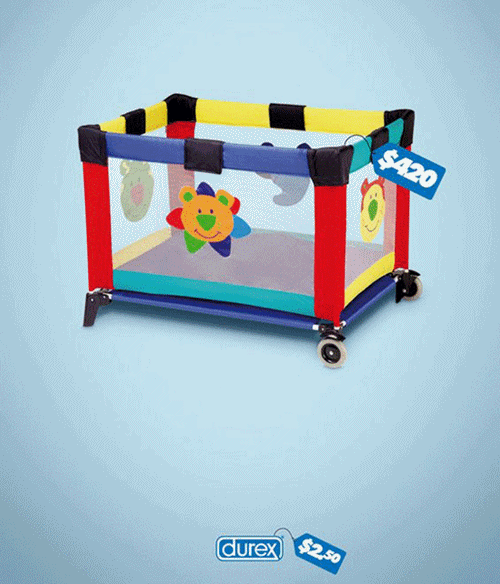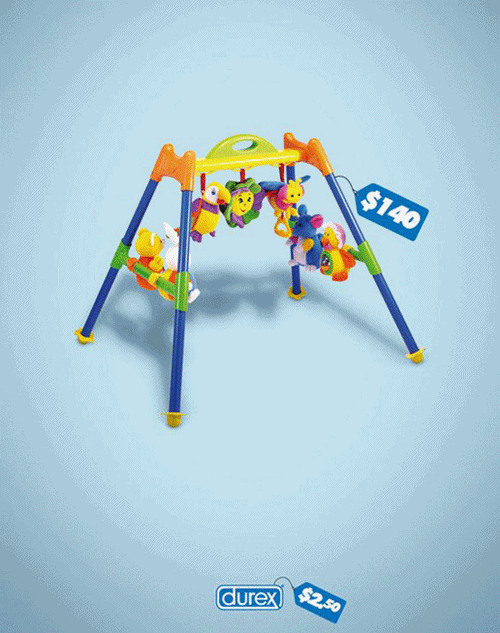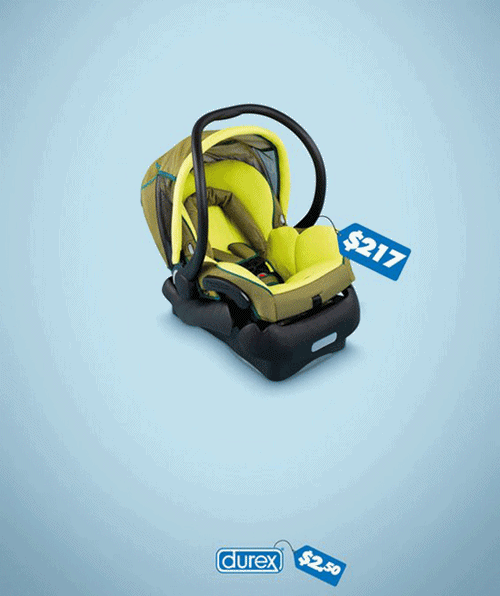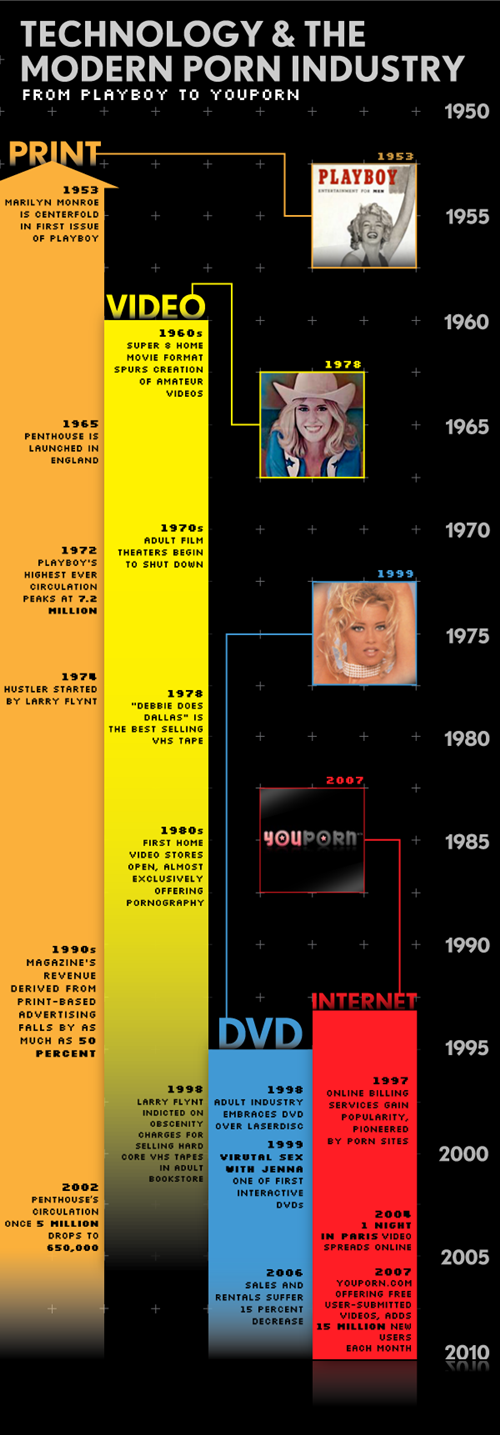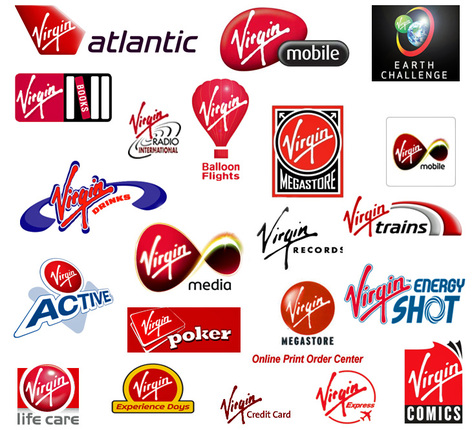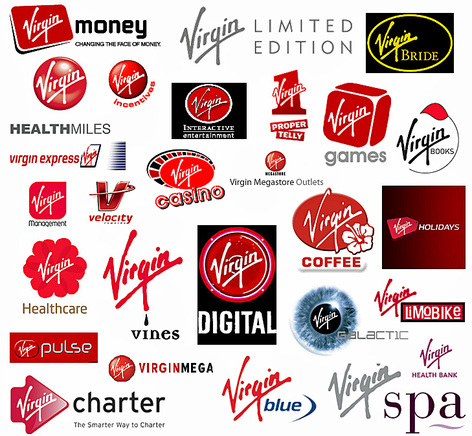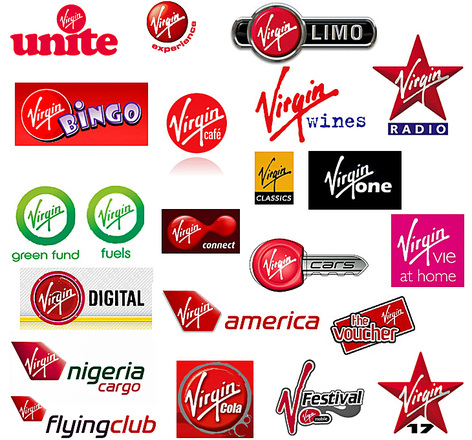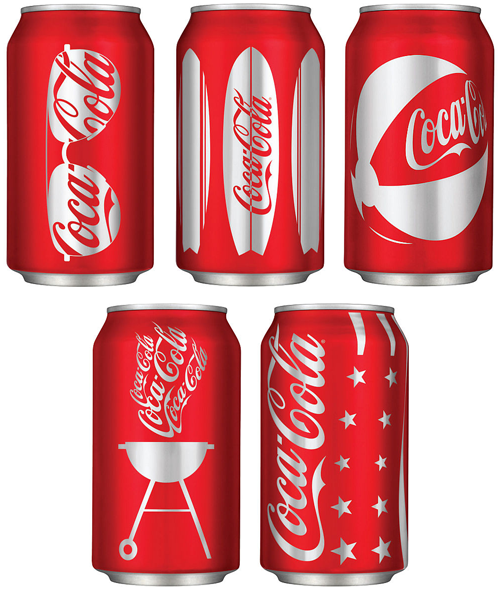The Rise Of The Cola Bull
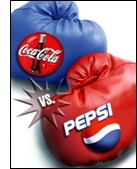 Wherever you go, the name of the game is known in the cola world, Coke vs Pepsi.
Wherever you go, the name of the game is known in the cola world, Coke vs Pepsi.
Except the USA market, the market share difference is amazingly spacious in most of the world markets where the major 2 players are present.
For example, in Lebanon, Pepsi dominates 75% of the market while Coca-Cola barely manage to get the leftover of 25%, without forgetting about the many players that entered and left the market and with no extra harassment to the big guys, left without making much noises, while some others are still there and gaining market shares in remote locations where brands does not mean anything to the consumer.
2 side players made it to the Lebanese market. Virgin Cola was there in 2003/2004, I still remember the big dreams of the importer while meeting him over a job interview, he wanted to beat both big brothers and be #1 in no time, unfortunately, without knowing any specific reason, the whole brand evaporated from the Lebanese market.
Another player came back in 2008 after exiting the market for so many years, its RC-Cola (check my previous 2 postings about this : http://tr.im/rLFB and http://tr.im/rLFX), but contrary to Virgin guys, RC-Cola is distributed thru the correct channels along with other drink products, mainly juices.
Now back to the bigger part the game, unlimited number of companies and retailers tried to launch their Cola brands but no one really was to reach close to the global volumes of Coca-Cola and Pepsi. (wikipedia list of cola brands worldwide)
And while all these small players were trying their luck in this hard to compete industry, the big boys never stopped being so creative on their packaging (Pepsi new logo launched in October 2008 and the non-stop attractive Coca-Cola cans).
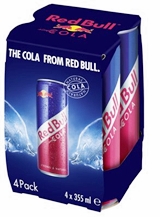 Then came the Red Bull Cola which i will call the Cola-Bull, exactly like the stock market, it will take the cola market to new heights while riding the bull.
Then came the Red Bull Cola which i will call the Cola-Bull, exactly like the stock market, it will take the cola market to new heights while riding the bull.
Red Bull Simply Cola also has slightly more caffeine, at 45 milligrams per 355ml (12-ounce) can, than Coca-Cola (34 mg) or Pepsi-Cola (37.5 mg), but less than Diet Coke (47 mg) or Pepsi One (54 mg) or Mountain Dew (54 mg). The cola contains significantly less caffeine than Red Bull’s eponymous energy drink (80 mg per 8.2 ounces). It also lacks the artificial flavors, colors, and phosphoric acid commonly used in commercial colas. Red Bull Cola is packed in 250 ml (8.4 fl. oz.) and 355 ml (12 fl. oz.) cans.
As of 2008, Red Bull Simply Cola is available in Austria, Czech Republic, Egypt, Switzerland, Spain, Poland, Germany, Bulgaria, Belgium, Italy, United Kingdom, Ireland, Thailand, Romania, Hungary, Russia, Canada and the United States.
Why do I believe that Red Bull Cola will make it?
Red Bull when first launched its energy drink, proved to the whole world that a company can make it simply by having one simple product with full focus and dedication, and it positioned itself in both retail and horeca (hotels-restaurants-catering) sectors, and without any hesitation it went beyond all expectations on shelves and in night-life mode without giving a slight chance for both Burn and AMP, the energy drinks respectively coming from Coca-Cola and Pepsi.
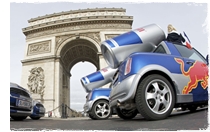 Today Red Bull is everywhere, and has its own displays in every single retail outlet and night club across the globe, they give away thousands of fridges every year, let their branded cars run all day long on the streets, they throw millions of free cans in schools, sponsor extreme sport events and do whatever it takes to be number one.
Today Red Bull is everywhere, and has its own displays in every single retail outlet and night club across the globe, they give away thousands of fridges every year, let their branded cars run all day long on the streets, they throw millions of free cans in schools, sponsor extreme sport events and do whatever it takes to be number one.
Of course, like the Cola war, thousands of energy drink brands saw the light, some of them made it thru tiny channels some of them just died the next morning.
Having said the above, it is not gonna be hard for Red Bull to position its new Cola with an excellent visibility when it comes to retail stores, and the same technique will be applied to night clubs, where they own their fridges. An easy game for them, while the big guys will be thinking how to stop this invasion of Red Bull in the cola world and maybe even going beyond that and try to hit hard on the energy drink side in order to make them lose focus.
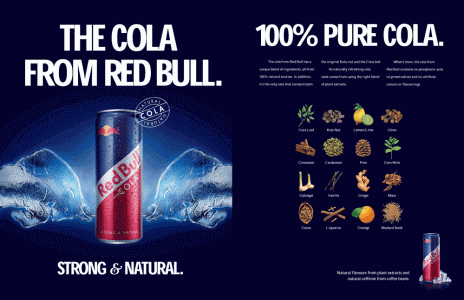
Some book recommendations:

